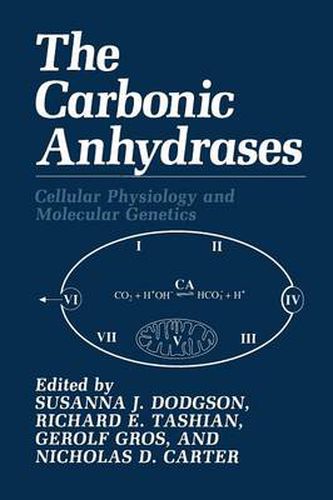Readings Newsletter
Become a Readings Member to make your shopping experience even easier.
Sign in or sign up for free!
You’re not far away from qualifying for FREE standard shipping within Australia
You’ve qualified for FREE standard shipping within Australia
The cart is loading…






This title is printed to order. This book may have been self-published. If so, we cannot guarantee the quality of the content. In the main most books will have gone through the editing process however some may not. We therefore suggest that you be aware of this before ordering this book. If in doubt check either the author or publisher’s details as we are unable to accept any returns unless they are faulty. Please contact us if you have any questions.
As we approach the twenty-first century the problems of industrialization are evident: we find there is a greenhouse effect, the ozone layer is being depleted, the rain is acidified, and there is a terrible problem of increasing C0 concentrations in the atmo 2 sphere. The carbonic anhydrases are a unique family of enzymes that solve these problems in the human body: they are responsible for converting C0 (a gas) to 2 HC0-, which is the biggest intracellular buffer, with a concomitant decrease in a 3 hydroxyl ion. Globally, the functions of the carbonic anhydrases in photosynthesis in rain forests and in the algae and plankton that cover our oceans indicate that they are also of utmost importance in the maintenance of the acid-base balance on our planet. Although the whole field of C0 metabolism is enormous and still rapidly 2 expanding, because of the research interests of the editors this book is mainly concerned with mammalian carbonic anhydrases. However, if the interested reader intends to purify carbonic anhydrases from nonmammalian sources, Dr. Cheg widden has provided the necessary information in Chapter 7. The carbonic anhydrases were first discovered in 1933; until1976 there were thought to be only two isozymes. Since then CA ill, IY, V, VI, and Vll have been discovered and well characterized. There is, of course, no reason to believe that we have found them all.
$9.00 standard shipping within Australia
FREE standard shipping within Australia for orders over $100.00
Express & International shipping calculated at checkout
This title is printed to order. This book may have been self-published. If so, we cannot guarantee the quality of the content. In the main most books will have gone through the editing process however some may not. We therefore suggest that you be aware of this before ordering this book. If in doubt check either the author or publisher’s details as we are unable to accept any returns unless they are faulty. Please contact us if you have any questions.
As we approach the twenty-first century the problems of industrialization are evident: we find there is a greenhouse effect, the ozone layer is being depleted, the rain is acidified, and there is a terrible problem of increasing C0 concentrations in the atmo 2 sphere. The carbonic anhydrases are a unique family of enzymes that solve these problems in the human body: they are responsible for converting C0 (a gas) to 2 HC0-, which is the biggest intracellular buffer, with a concomitant decrease in a 3 hydroxyl ion. Globally, the functions of the carbonic anhydrases in photosynthesis in rain forests and in the algae and plankton that cover our oceans indicate that they are also of utmost importance in the maintenance of the acid-base balance on our planet. Although the whole field of C0 metabolism is enormous and still rapidly 2 expanding, because of the research interests of the editors this book is mainly concerned with mammalian carbonic anhydrases. However, if the interested reader intends to purify carbonic anhydrases from nonmammalian sources, Dr. Cheg widden has provided the necessary information in Chapter 7. The carbonic anhydrases were first discovered in 1933; until1976 there were thought to be only two isozymes. Since then CA ill, IY, V, VI, and Vll have been discovered and well characterized. There is, of course, no reason to believe that we have found them all.